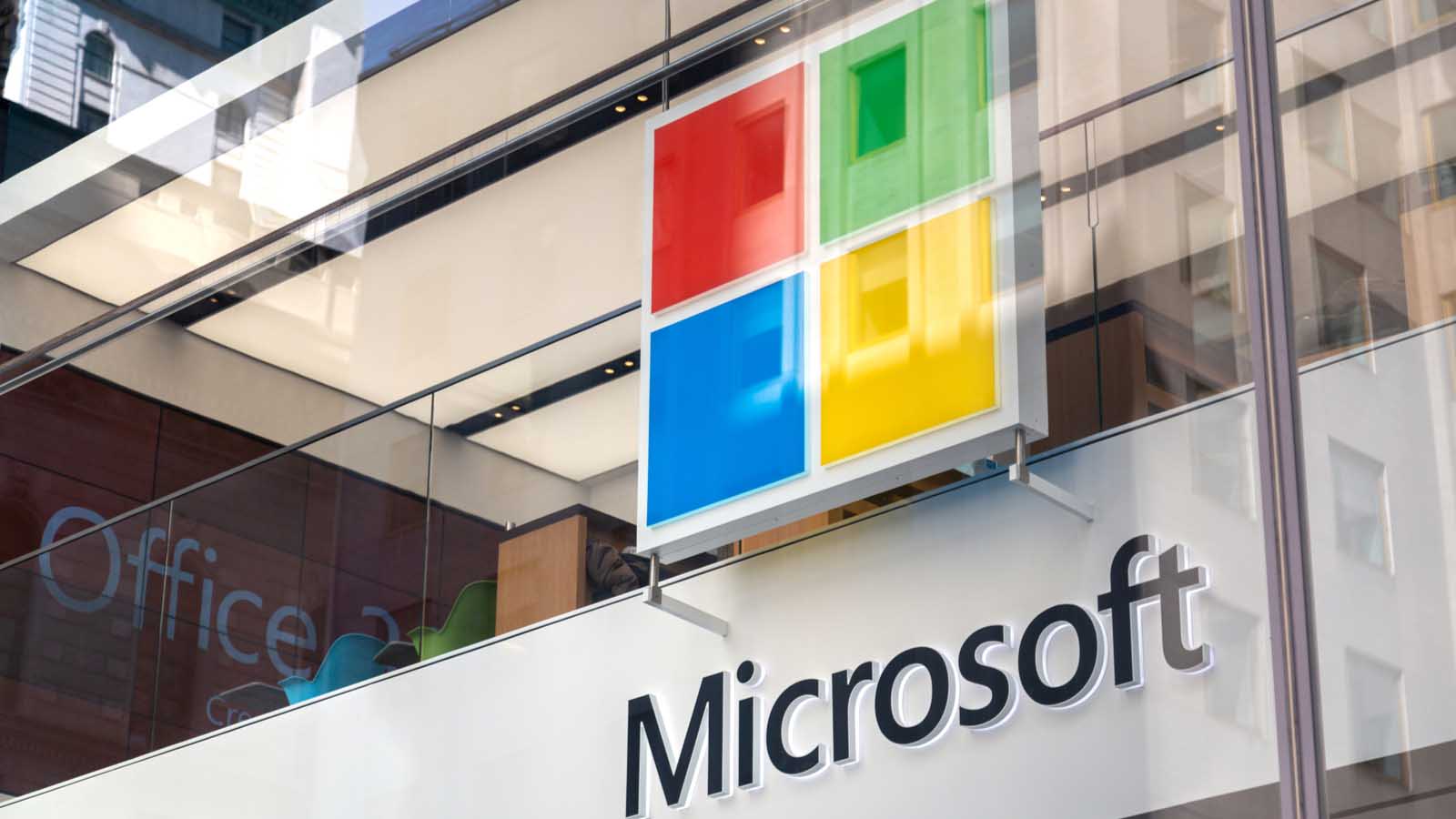Of the five so-called “Cloud Czars,” or tech companies that own their own cloud computing centers, the quietest is Microsoft (NASDAQ:MSFT) and Microsoft stock.

Small wonder that they’re the one big tech company Citicorp thinks can outperform next year. This is one of its analysts’ best ideas for 2021.
The problem is that Microsoft is still a Cloud Czar. It is little different from other companies derided as “Big Tech” – Apple (NASDAQ:AAPL), Amazon (NASDAQ:AMZN), Alphabet (NASDAQ:GOOG, NASDAQ:GOOGL) and Facebook (NASDAQ:FB). Its business model is similar. So is its size.
So is its vulnerability. If 2021 is to be some fall of the software gods, there’s no reason Microsoft should get a pass.
The Microsoft Difference
Microsoft is different in one respect from its peers. It’s been here before.
The case of U.S. vs. Microsoft, decided in 2001, held that Microsoft had a monopoly in PC software. It held that Microsoft abused its power by adding a browser to Windows. The result was a settlement where Microsoft agreed to share its Application Program Interfaces (APIs) with other companies.
More important, Microsoft spent the next decade in a funk. I did some work for them at the time. The company was filled with lawyers and timid executives whose job was to say no. The stock’s performance lagged the market. Microsoft became an income stock.
Microsoft’s obligations under its settlement didn’t end until 2012. Shortly after that Steve Ballmer, who had been CEO through this period, chose to retire. His successor, Satya Nadella, decided to follow Google, Amazon and Facebook into the clouds. (Apple came later.) Nadella committed to building a network of cloud data centers. It is now the world’s most extensive, available on every continent.
This cloud is today’s Microsoft. I decided to put 100 shares into my retirement account at a price of about $50 in 2016. Now they’re at $223.
A Cloud’s Responsibility
Microsoft is tech’s landlord. The world depends on its systems and software.
Once again, as 20 years ago, it has a target on its back. The state-sponsored hackers who broke into SolarWinds and its Orion software used that to attack Microsoft. They then used Microsoft’s network and tools to attack others.
Once Microsoft knew it was compromised, it unleashed a “death star” of defenses. It shut down SolarWinds’ permissions. It took over Web sites used in the attack. It quarantined the affected software.
The attack highlighted the power, and responsibility, Microsoft has on the world economy. The company did $143 billion in business during its fiscal year, ending in June. It brought almost 31% of that, $44 billion, to the net income line.
With few directions in which to extend its reach, Microsoft is joining Apple, Amazon and Google in designing its own chips. Intel (NASDAQ:INTC), once its partner in the “Wintel” duopoly of the 1990s, is now worth barely one-tenth what Microsoft is. As hardware becomes software, it’s a natural evolution. Chips consume capital, and the big cloud companies must deploy it. Microsoft had $138 billion in cash at the end of September.
The Bottom Line for Microsoft Stock
As the clouds have come to dominate the world, they have taken on its responsibilities. They’re as powerful as governments. Microsoft’s market cap of $1.68 trillion now exceeds the GDP of Canada. That of Apple exceeds the GDP of Brazil.
The clouds are approaching a natural limit in terms of their size and economic power. They’re becoming the equivalent of governments unto themselves. It’s inevitable that governments will now want to assert their authority, especially given incidents like SolarWinds.
This includes Microsoft. The company’s growth is going to revert to a mean. Its costs of doing business are going to rise. It’s going to return to being an income stock. Analysts calling it their best idea will have to think again.
At the time of publication, Dana Blankenhorn had long positions in AAPL, MSFT, INTC and AMZN.
Dana Blankenhorn has been a financial and technology journalist since 1978. His latest book is Technology’s Big Bang: Yesterday, Today and Tomorrow with Moore’s Law, essays on technology available at the Amazon Kindle store. Write him at danablankenhorn@gmail.com or follow him on Twitter at @danablankenhorn.
